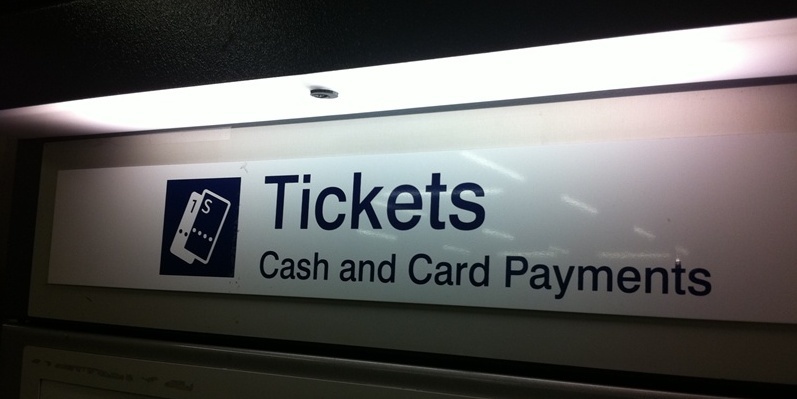Dundee railway commuters are the victims of a “Tay Tax” that sees train fares rocket once you cross the river, it has been claimed.
Labour MSP Jenny Marra has written to Transport Minister Keith Brown to demand action on the “unfairness” of ticketing on connections between the city and Edinburgh and Glasgow.
The North East list member says the cost of return train travel between Dundee and Glasgow which costs as much as £48.60 is unacceptable and potentially damaging to the city’s economic future.
She said that the success of prestige projects like the V&A Museum could be jeopardised if tourists face prohibitive travel costs to reach the new attractions.
And she highlighted that areas around Glasgow and Edinburgh benefit from being part of a “regulated zone”, in which fares are closely controlled by the government. Dundee is outwith the zone, meaning train operators are free to set their own ticket prices.
This, Ms Marra claims, has led to higher fares and discrepancies in the pricing system, which means it is often cheaper to buy separate tickets for different legs of a journey.
With public subsidy of the Scottish rail network expected to reach £738 million this financial year, she said a simpler and fairer fare structure must be introduced.
The Scottish Government is preparing to renew the ScotRail franchise for 2014 onwards.
“Everyone knows that train fares in and out of Dundee are far too high,” said Ms Marra. “This is because Dundee has never been included in the subsidised zone.
“The government needs to tell us why they are subsidising train fares round Glasgow and Edinburgh but there is a Tay Tax to get over the Tay rail bridge.”
Continued…
“The zone’s purpose is to encourage economic investment. Surely with the rates of unemployment in Dundee, we would then qualify by any standards to get a rail fare subsidy like other cities?”
She pointed out that the level of subsidy being spent on the railways amounts to more than £2 million every day in Scotland.
“It’s high time that Dundee got its share of that subsidy, so we can bring more visitors and investment to our city,” she said. “The government is investing money in the new V&A at the waterfront. They should look seriously at rail fares to Dundee as part of this overall strategy because we’ll attract many more visitors and potential businesses to our city if we get fairer rail fares like the other cities in Scotland.”
There are also plans for a £14 million redevelopment of Dundee railway station, including a concourse, retails units cafe/restaurant and hotel, in time for the opening of the V&A museum in 2015.
In a statement to parliament last month, the transport minister said £5 billion of investment between 2014 and 2019 would help boost services between Glasgow and Edinburgh and deliver the Borders Railway.
Network Rail, which looks after rail infrastructure, will also be required to take forward several improvement projects, including works on the Highland main line and between Aberdeen and Inverness.
After 2014, the next rail contract will be extended to run for 10 years, with a potential “break point” after five years.
Mr Brown also said rail fares would be “attractive and affordable”, while companies bidding to run services would need to link trains with other transport forms, such as buses and ferries.
A spokeswoman for Transport Scotland confirmed Mr Brown had received Ms Marra’s letter and would respond soon.
“The government is committed to affordable fares for passengers, including those in Dundee, and will ensure that the next franchise encourages greater use of our railway,” she added.
“We are aware that there are a number of fares anomalies across the network, and are also looking at ways to address the situation under the terms of the existing franchise.”
There are approximately 78 million passenger journeys each year in Scotland while demand for services has increased by more than 25% in the past seven years.
